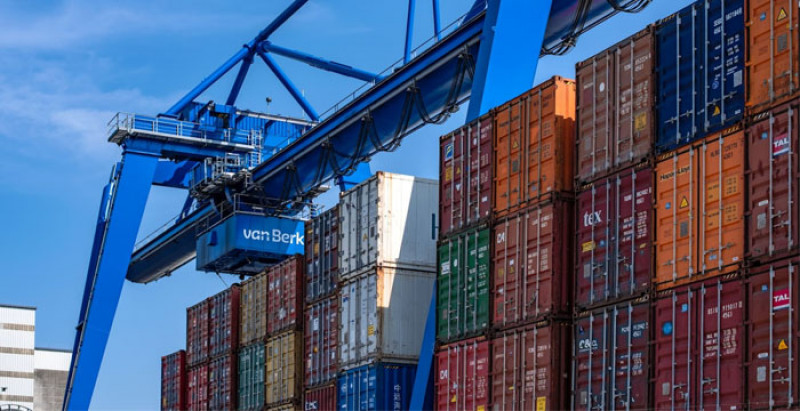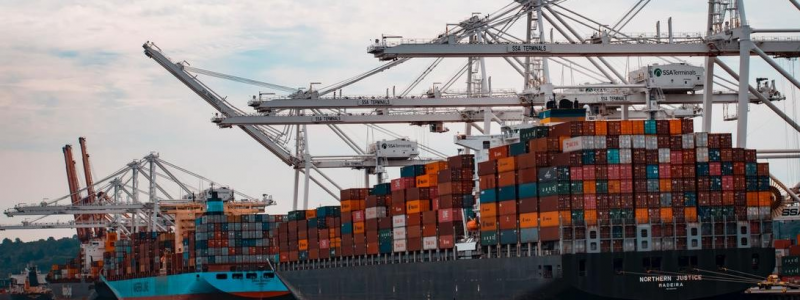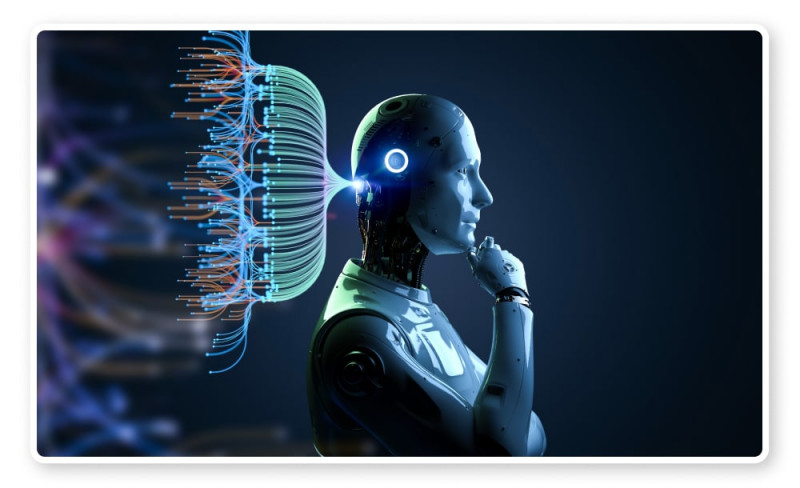
The maritime industry is a global resource that facilitates international trade and commerce. It encompasses a wide range of activities related to transporting goods, resources, and passengers through the waterways.
Integration of technology into the maritime sector has revolutionized various aspects of the industry, including vessel operations, navigation, safety, and logistics. Over time it’s expected to offer more conveniences to meet customer expectations. Indeed, projections are explicitly high, and here are eight technology trends that are reshaping the industry;
IT Solutions
The use of It solutions is a common phenomenon in various sectors, and the shipping industry is not an exemption. In the maritime sector, you can manage tasks such as packaging, inspection, delivery, and inventory management, among others.
Many softwares offer Global Positioning System (GPS) and other satellite-based navigation systems, it aids in location and navigation. That is a vital shipping technology in identifying and eliminating threats.
The shipping industry that rely on advance solutions guarantee more accuracy. In addition, they are more efficient and time-saving because companies can get access to their data in click of a button. That is quite paramount, especially in the period of high traffic in the maritime sector. You can get report generated daily, weekly, monthly, and or even on an annual basis will help in the evaluation of the shipping performance as well .

Visualization Technology
The wake of the COVID-19 pandemic highlighted the necessity for remote working. That made it a must for the experts to create visualization technologies to help in training and excellent human-asset interaction in various industries. Examples of visualization technologies that are transforming the maritime industry include virtual reality (VR), mixed reality (MR), and augmented reality (AR).
Indeed AR and VR innovations have been around for some time, but their recent use in battery capacity, computational power, and connectivity has received a warm welcome. The MR, which combines the physical and virtual worlds, enables interactive training and real work experiences, especially in limited environments.
Visualization technologies enhance the efficiency of the maritime industry because they allow the simulations of hazardous situations. Interactive learning experiences also limit errors. It’s possible to make realistic decisions based on the systems and operations that are not visible with the aid of the digital twins and edge computing that complements MR, AR, and VR.
Artificial Intelligence
Artificial intelligence, abbreviated as AI, is transforming the maritime industry by making the science of fiction a reality. The component of AI, which includes natural language processing (NLP) and machine learning (ML), helps streamline vessels' operation, repair and management.
ML is the backbone of AI in the shipping industry because it enables monitoring and automated decision-making on offshore assets and other connected vessels. Artificial intelligence analyzes real-time data from the ships’ mechanical systems and predicts maintenance needs. This leads to improved shipping maintenance, efficiency, and cost-saving.

Image source: unsplash.com
Additive Manufacturing
Additive manufacturing (AM) is also called 3D printing. It’s a transformative technology which allows for rapid production through fusing different materials, as illustrated in the digital designs.
In the maritime industry, AM is used for vessel repairs and replacements. Since it decentralizes spare part manufacturing, AM reduces the dependence on logistics and supply chains. It also allows for affordable printing of accurate shapes and the customization of lightweight ship designs.
The Blue Economy
You might have probably heard about the blue economy from the everyday discussions on the green economy. The blue economy and CCUS technologies help the shipping industry attain sustainable development and ensure long-term viability. This trend is transforming the maritime industry by creating opportunities for growth and aligning consumer and investor expectations for environmentally conscious practices.

Image source: unsplash.com
Electrification
Electrification is another step taken by various industries to protect the environment by ensuring net-zero emissions. While some vessels already have the ESS (Energy Storage Systems), they are still charged using generators or even fossil fuel-burning engines.
The hybrid electrification technology, which combines green hydrogen production and the ESS, is a better version that uses a renewable energy source. That means soon, we will see green hydrogen generation driving the maritime market.
Energy Storage Systems (ESS) and green hydrogen combination have the potential to propel the maritime vessels plus the offshore facilities for the next generations. It will still lower greenhouse gas emissions, usage of fossil fuel and potentially lower the overall cost of energy.
Carbon Capture, Utilization, and Storage (CCUS)
Despite the adoption of practices and strategies that reduce greenhouse gas (GHG) emissions, carbon is still a significant threat. Carbon Capture, Utilization, and Storage (CCUS) technologies have gained recognition as a way towards net-zero emissions while still utilizing hydrocarbon resources.
Commercialization of CCUS has been slow and gradual, but novel approaches are being developed to meet the emissions reduction goals set by the International Maritime Organization (IMO).
Carbon capture strategies are being researched for their possible use in the maritime industry. These strategies include amine-based tech and the use of calcium oxide (CaO) absorption. CaCO3 pellets, the byproduct of converting CO2 into CaCO3, are a more convenient form of storage and transport than liquid CO2.
Autonomous Ships
The ability to transport cargo without human intervention is a significant selling point for autonomous systems in transportation. These technologies maintain their peak performance for far longer than is necessary for the maritime sector.
The development of such autonomous maritime vessels has received funding from major technological companies. Monitoring operations, drilling for natural gas and petroleum, and other similar tasks use surface, underwater, and aerial vessels. These self-sufficient ships eliminate the need for human labor by using cutting-edge temperature mapping and object detection technology.
Conclusion
The maritime industry is undergoing a technological transformation with eight key trends. Robotic automation is increasing accuracy and efficiency in packaging, inspection, and delivery tasks. On the other hand, visualization technology, including AR, VR, and MR, enhances interactive training and decision-making in limited environments.
To streamline vessel operations, Artificial intelligence improves maintenance efficiency while additive manufacturing enables rapid production and customization. These trends drive efficiency, safety, and sustainability in the maritime industry.
Source:
https://www.nps.gov/pore/learn/nature/climatechange_action_home.htm
https://www.edgeir.com/what-is-a-digital-twin-and-how-is-it-related-to-edge-computing
https://hexaware.com/industries/transportation-and-logistics/
















